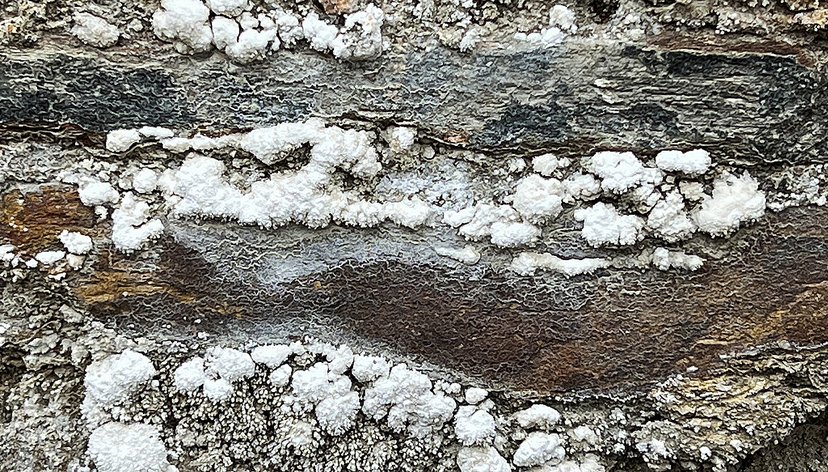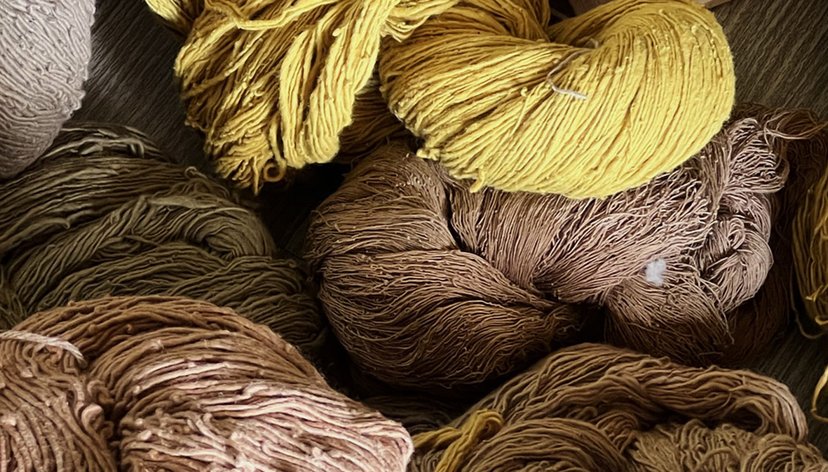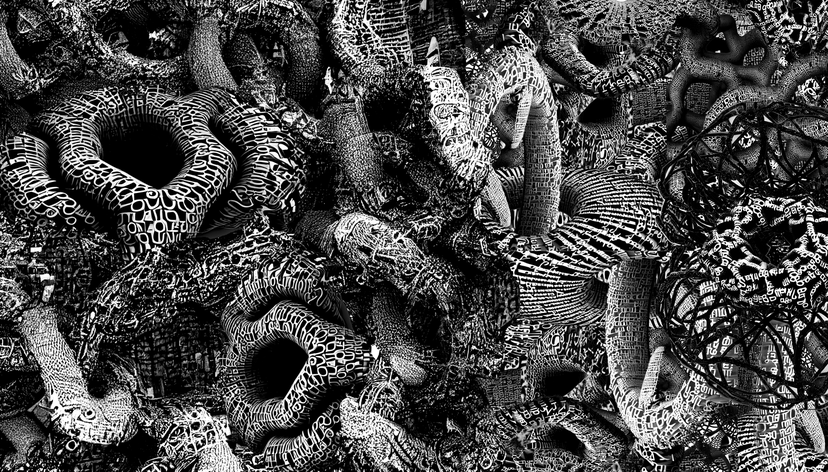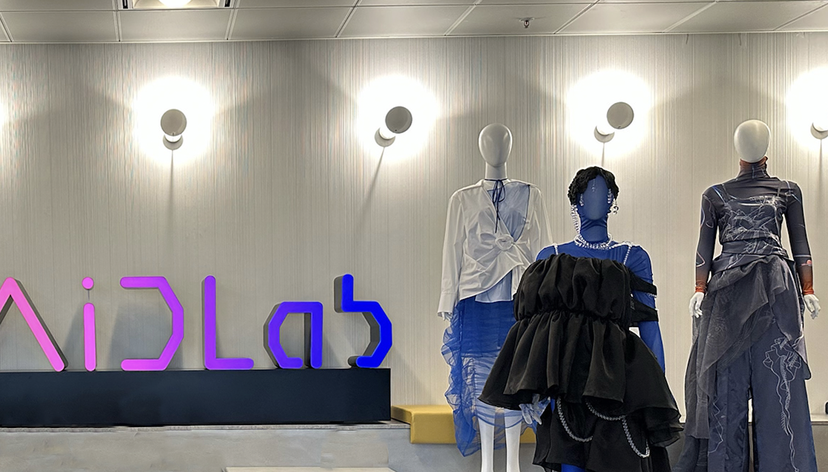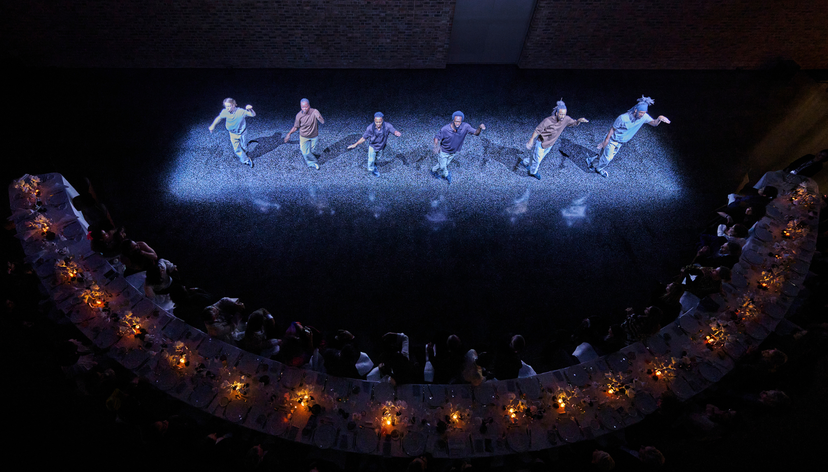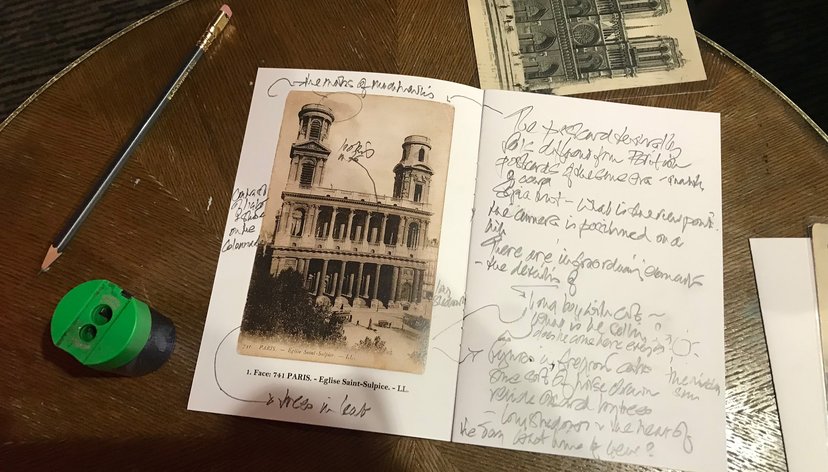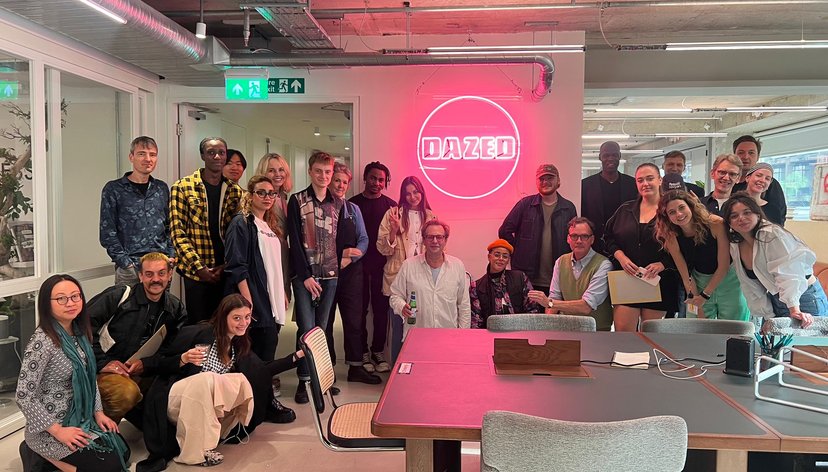
During Spring and Summer 2024, Sarah Staton revisited three of her permanent public art commissions to find out if social sculpture can live up to its name? Can the presence of sculpture create new meaningful rituals within a community? Can it become a focus for local narratives? Can it address the increased loneliness in our society?
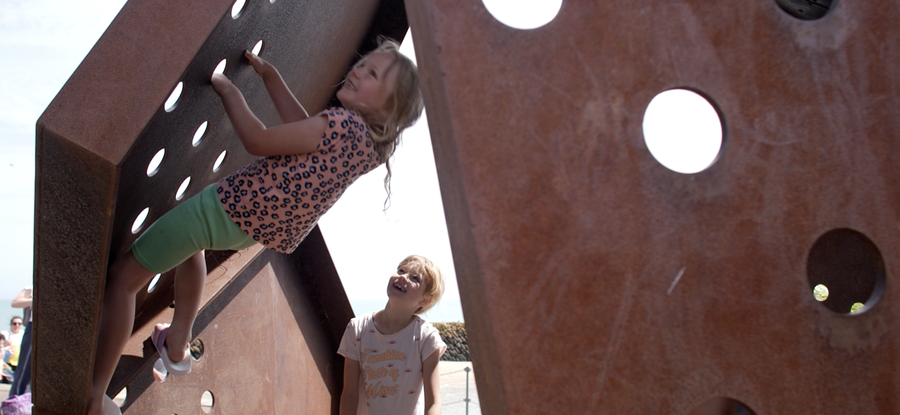
At a glance
- Sarah Staton, Artist and Interim Head of Programme for MA Sculpture, received Impact Funding from the RCA to revisit three of her permanent public art commissions in Spring/Summer 2024.
- She was joined by videographers Caroline Ashley and Chris Lee.
- She wanted to learn if the work’s permanence and materiality has a bearing on how it is experienced and how the artwork contributes to the placemaking agendas that brought them into being in the first place.
- The sculptures date from 2003, 2014, and 2021 - thereby providing an extended timeline to enable consideration of their impacts over time.
- The specifics of the three locations and contexts inspired three unique sculptural responses, all three have been commissioned via agendas around placemaking/public realm improvement. The constituent communities that live with the sculptures can be said to be ordinary working communities, and all the sites are modest neighbourhood locales.
Key details
Gallery
More information
What happened?
The group went seeking conversations, visiting the three sites and recording their encounters and chance conversations - nudging these towards the subject of sculpture when possible.
All of this work required some luck, a personable kind of approach, along with a need for the kind of clement weather that brings people outside.
The recordings are edited into a 12 minute film and a series of stills.
Apples and Pears (2003)
These sculptures were commissioned by the Peabody Trust in 2003, during a renovation of the estate’s public realm. This was Sarah's first completed public sculpture commission. There are six giant cast stone apples and pears with aluminium stalks and leaves. She worked with a typographer to create a bespoke font for a short poem text, and estate orientation map, at the primary entrance to the yard.
The setting is a generous inner city courtyard tucked between a maze of late 19th century Peabody blocks, close to Parliament Square.
Sarah and the videographers visited on late afternoons/early evenings, meeting adults taking time out alone to sit in the yard; adults supervising children or socialising in groups; and lots of children playing in the ball court or around the yard.
They found residents appreciated the stability and continuity of the artwork as well as the usefulness of the map for local deliveries. Adults and children sit on the sculptures and have become an integral part of the neighbourhood. One resident remembered being in the school workshop Sarah led 22 years ago. He described the presence of sculpture as an important part of his lived experience and enjoyment of their yard.
Steve (2014)
An abstract sculpture made from corten steel. Steve is inhabitable and of pavilion scale, in an asymmetric form, located on the harbour wall at the seaside town of Folkestone, Kent.
One of many sculptures commissioned by the Folkestone Triennial; and subsequently acquired for the collection of permanent Folkestone artworks.
Sarah visited over a weekend in June 2024, and anticipated capturing comment and random sculpture engagement from the day trippers/holiday makers, and residents.
The research trip included pre-planned meetings with Lewis Biggs, curator of the 2014 Folkestone Triennial, and Jen Thatcher, an arts writer who lives close to the site.
Steve sits on a raised level adjacent to a busy pedestrian route, linking Old Town to the harbour beaches. On a summer weekend an almost constant stream of people pass Steve and a small proportion make the decision to walk on the raised level as opposed to the path. The artwork is being used as shelter from the sun, as a play space, and a place to eat lunch.
‘Online Steve’: a group of young teenagers told the group that Steve was a good place for meeting to create TikTok reels. Steve is also used as a family gathering photo opportunity. Lewis Biggs, curator and commissioner of this artwork and numerous other Folkestone Triennial sculptures, commented that the commissions bring uniqueness which is something that attracts people to stop and talk to each other.
Alphonso (2021)
A small brick and tile structure with a brick bench on the narrowest elevation that provides lakeside views. Alphonso sits within a sprawling brownfield housing development, begun around 2006, in Buckinghamshire countryside between Milton Keynes and Bletchley.
Alphonso was commissioned by MK Council, with funding from a property developer. There is a mixed ecology of homeowners, shared ownership, and renters, moving here as zones completed, from 2006 onwards. The pace of development slowed after 2008, much of the promised infrastructures have been slow to come into being, or have not materialised at all. The development is trying to become an established place to live.
Sarah led workshops with 8 and 9 year olds from a local primary school. The artwork has a strong resonance within the children’s imagination.
They also met with a local, Rebecca, who had been part of the residents' steering committee overseeing the development and build of the artwork. Rebecca relayed how Alphonso has been adopted by the community, and is now a ritualised destination, in that the sculpture and its setting are now used for the annual Remembrance Day Ceremony.
The sculptural materiality and the site specific drawing that adorns one side of the work, has allowed Alphonso to become a narrative focal point, contributing significantly to the identity of the new sprawling housing development at Newton Leys and connecting with the histories of the site.
Post pandemic, with increasing numbers of people working from home, connecting online and living in a screen-based world, Sarah found that local residents appreciated a real place to ‘escape’ to, and for many ‘Alphonso’ provides this place.
Key findings
People have a strong response to the materiality of the artworks.
The sculptures are thought of as destinations and have become a focus for socialising rituals, which feels particularly important in our divisive and increasingly digital society.
Social sculpture, in the spirit of Joseph Beuys, is created when the artist places themselves at the service of their publics. Social Sculpture gives license for the artist to employ a multiplicity of creative approaches, and is the driver that informs the aesthetic, material, and placement choices for the bespoke, site and context specific artwork that Sarah creates.
This reflective study found that sculpture can provide this anchor, or nexus for sociability, in their settings.
For the artist, working on public commissions is slow work, and requires a collaborative approach. The artist leaves, and the work stays behind with the community for which it has been created. Returning to previous projects has the feel of a reunion, and the generosity and warmth the artist found validates the long journey of developing public artwork.




